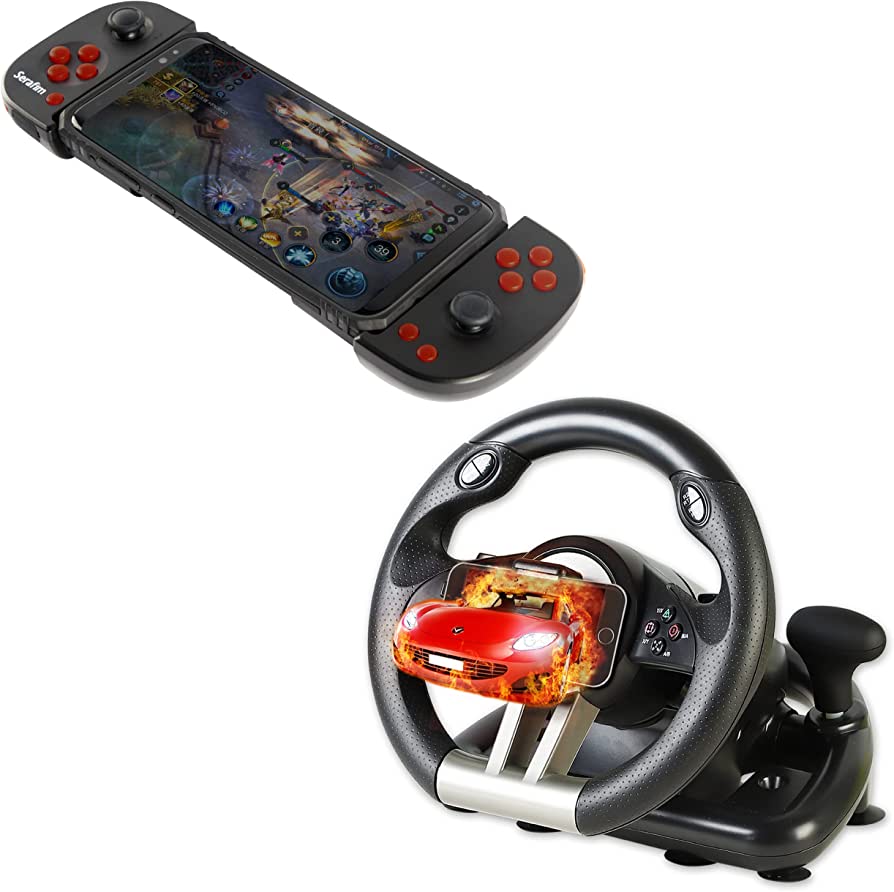Game developers are facing the challenge of creating games that can be played across different platforms such as PC, console, and mobile. To overcome this challenge, developers must create games that are both engaging and compatible for all platforms while maintaining the same level of quality. There are different strategies to achieve this, including cross-platform development, platform-specific development, and modular design. Developers should also be aware of platform limitations, test their games on multiple platforms, keep their core code separate from platform-specific code, and utilize cross-platform development tools. By following these practices, game developers can create games that are fun and compatible with multiple platforms.
Designing for Multiple Platforms: Creating Games for PC, Console, and Mobile
Introduction
In the digital age, gaming has become a massive industry with millions of people playing games every day. As the demand for gaming continues to grow, game developers have had to create games that can be played across different platforms such as PC, console, and mobile. This article will focus on the challenges of designing for multiple platforms and the strategies game developers can use to make games that are engaging, fun and compatible with various platforms.
Challenges of designing for multiple platforms
Designing games for multiple platforms is not without its challenges. The main challenge is creating a game that is both engaging and compatible for all platforms while maintaining the same level of quality. Each platform has its hardware limitations, screen sizes, and control systems. Developers must create a game that works well on all platforms and utilizes each platform’s unique features.
Strategies for designing for multiple platforms
Game developers have come up with different strategies to overcome the challenges of designing games for multiple platforms. Some of these strategies include:
1. Cross-platform development
Cross-platform development is one of the most popular strategies for creating games that can be played across different platforms. This strategy involves creating a game that can be played on multiple platforms without any modifications to the game’s core code. Cross-platform development can save time and effort, and it also ensures that the game has the same features and gameplay experience regardless of the platform.
2. Platform-specific development
Platform-specific development involves creating a game that is tailored to a specific platform. This strategy allows developers to create a game that takes advantage of each platform’s unique features and capabilities. However, this strategy can be time-consuming and expensive as developers may have to create separate versions of the game for each platform.
3. Modular design
Modular design is a strategy that involves designing a game with different modules that can be used on different platforms. This strategy allows developers to create a game that is compatible with multiple platforms while minimizing development time and effort. With modular design, developers can create a game that works well on all platforms, but they can also add features that are specific to each platform.
Best practices for designing for multiple platforms
There are several best practices that game developers can follow when designing games for multiple platforms. These include:
1. Be aware of platform limitations
When designing games for multiple platforms, developers must be aware of the limitations of each platform. Developers should optimize the game’s performance for each platform and adjust the game’s graphics and controls to fit each platform’s screen size and control system.
2. Test on different platforms
Developers should test their games on multiple platforms to ensure compatibility and identify any issues that need to be addressed. Testing on different platforms can help developers improve the game’s performance, graphics, and controls.
3. Keep the game’s core code separate from platform-specific code
Developers should keep the game’s core code separate from platform-specific code to make it easier to update and maintain the game. This approach also makes it easier to port the game to different platforms in the future.
4. Utilize cross-platform development tools
There are many cross-platform development tools available that can help developers create games that work well on multiple platforms. These tools can save time and effort and ensure that the game’s core code is compatible with all platforms.
Conclusion
Designing games for multiple platforms can be a daunting task, but with the right strategies and best practices, it can be done successfully. Game developers must be aware of the limitations of each platform, test their games on multiple platforms, keep their core code separate from platform-specific code, and utilize cross-platform development tools. By following these strategies and best practices, game developers can create games that are engaging, fun and compatible with multiple platforms, providing gamers with a seamless gaming experience.
